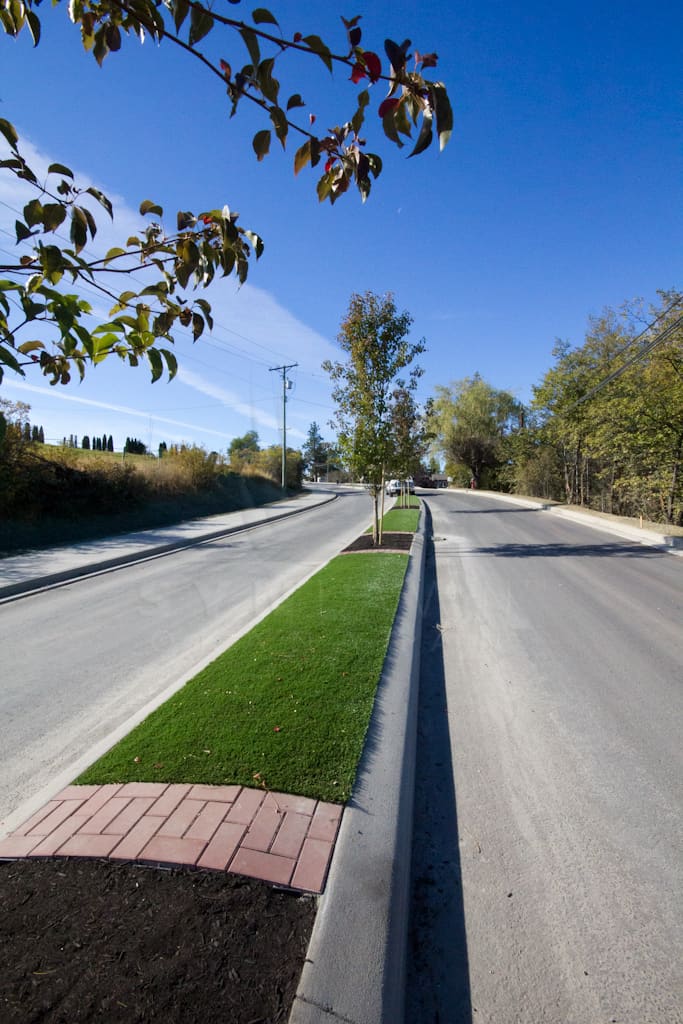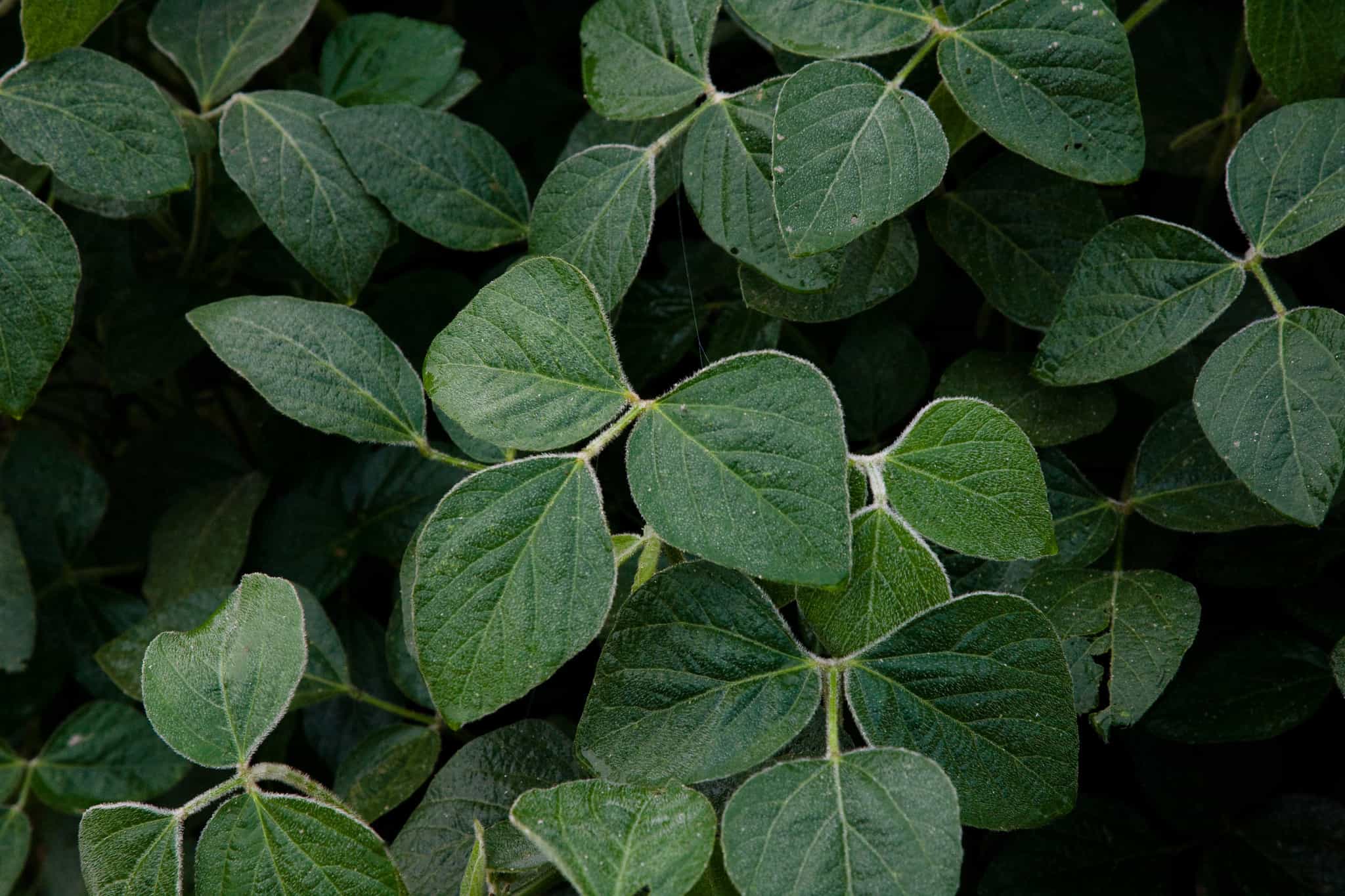
Multiple Canadian city planners are prescribing that all medians less than 10-feet wide use artificial grass. Their main concern is the safety of crews working on small medians in high-traffic areas. An added benefit is eliminating mowing avoids street closures and pollution from mowing equipment. Photo credit: SYNLawn Vancouver Island
Three important reasons contribute to why British Columbia municipalities are choosing SYNLawn’s soy-backed grass for road medians. The installations offer safety for work crews, help meet permeability requirements for watersheds, and avoid repeated losses of grass where snowplowing leaves salt and sand.
In 2014, SYNLawn Canada made its first installation on a median. It remains strong and green today while offering the following benefits.
- Multiple Canadian city planners are prescribing that all medians less than 10-feet wide use artificial grass. Their main concern is the safety of crews working on small medians in high-traffic areas. An added benefit is eliminating mowing avoids street closures and pollution from mowing equipment.
- City planners also like that the drainage systems under the SYNLawn grass allow them to meet requirements for permeability that are key to managing the volume of urban runoff water and more.
- Snowplowing often leaves sand, saline, and a variety of other debris on medians, causing grass to die and the location often turns into a weed garden. The many options of natural colors in SYNLawn’s soy-backed grass offers an aesthetically pleasing choice.

